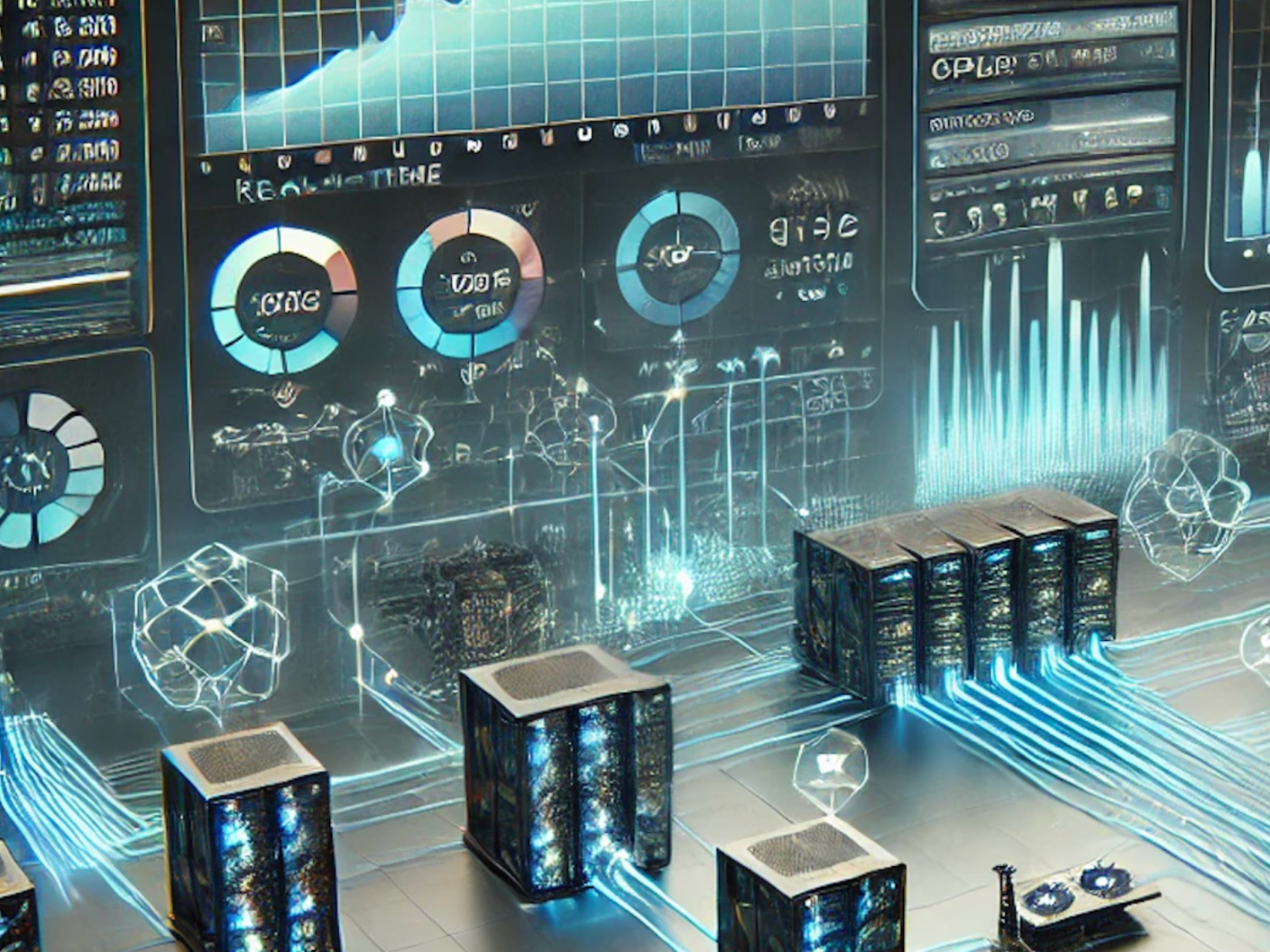In today’s data-driven world, speed and efficiency are everything. Whether you’re crunching numbers for AI models, running massive distributed computing jobs, or just trying to keep your network humming, you need to know what's happening under the hood. That’s why we’re thrilled to announce that NetObserv Flow version 7.2 now includes RoCEv2 flow monitoring.
What is RDMA and RoCEv2?
Remote Direct Memory Access (RDMA) is a technology that allows computers in a network to directly access the memory of another computer without involving the operating system, CPU, or other intermediary steps. This direct access bypasses traditional network layers, resulting in significantly reduced latency and CPU overhead, which is particularly beneficial in high-performance computing (HPC) and data center environments. RDMA operates at a hardware level, ensuring that data transfers are fast and efficient, as it eliminates the need for data to be copied between different layers of the network stack.
RDMA over Converged Ethernet version 2 (RoCEv2) is an extension of the RDMA protocol designed to run over Ethernet networks. While RDMA traditionally ran over specialized InfiniBand networks, RoCEv2 adapts it to Ethernet, which is more common and widely deployed. RoCEv2 improves on its predecessor (RoCE) by introducing support for routing, allowing RDMA traffic to be carried across different subnets, and using the User Datagram Protocol (UDP) to encapsulate RDMA packets. This means that RoCEv2 can be used over existing Ethernet infrastructures without needing major changes, making it an attractive option for data centers looking to implement high-speed, low-latency networking without the need to deploy new hardware.
With RoCEv2 flow monitoring, NetObserv Flow can now give you visibility into how this high-performance protocol is being utilized across your network. But what does this mean in practice? Let’s dive into some real-world use cases where this new feature can make a difference.
1. Optimizing AI Model Training
Training AI models is a resource-intensive process that demands a lot from your network. With RoCEv2 flow monitoring, you can get granular insights into how data is moving between your GPUs, servers, and storage devices. Imagine being able to pinpoint bottlenecks in data transfer that are slowing down your training processes. By identifying and resolving these issues, you can significantly speed up model training times, leading to faster iterations and more accurate models.
2. Enhancing Distributed Computing Efficiency
In distributed computing environments, especially those spread across multiple data centers, RoCEv2 is often used to facilitate low-latency communication between nodes. The new capabilities in NetObserv allow you to monitor these flows in real-time, ensuring that your distributed applications are communicating as efficiently as possible. If there’s a drop in performance, you can quickly trace it back to the source, whether it’s a misconfigured switch or an overloaded network segment.
3. Maximizing Throughput for Data-Intensive Applications
Applications that require rapid access to large datasets to do calculations on them - think financial simulations, AI model training, or video rendering - benefit immensely from RoCEv2’s low-latency, high-throughput capabilities. GPUs are most commonly used for these kinds of activities, which is why GPU clusters require RDMA to send and receive data as quickly as GPUs can process them. By monitoring RoCEv2 flows, you can ensure that your data is getting where it needs to go as quickly as possible. This visibility helps in optimizing your network for peak performance, ensuring that you’re getting the most out of your infrastructure.
4. Proactive Troubleshooting in Real-Time
The ability to monitor RoCEv2 flows isn’t just about optimizing performance—it’s also about maintaining it. With real-time visibility into your RoCEv2 traffic, you can detect anomalies as they happen. For instance, if a certain flow is experiencing unexpected latency spikes, NetObserv Flow can alert you instantly, allowing you to dive in and address the issue before it cascades into a larger problem.
Get started with ElastiFlow NetObserv
With the addition of RoCEv2 flow monitoring, ElastiFlow’s NetObserv is better equipped than ever to help you navigate the complexities of modern networks. Whether you’re pushing the boundaries of AI, driving innovation in distributed computing, or just making sure your data gets from point A to point B in record time, this new capability puts you in control.
The best way to get started with ElastiFlow is to join our Slack community or our Forum, where you can learn from others and find all resources to set up NetObserv in your environment.
Stay connected
Sign up to stay connected and receive the latest content and updates from us!
